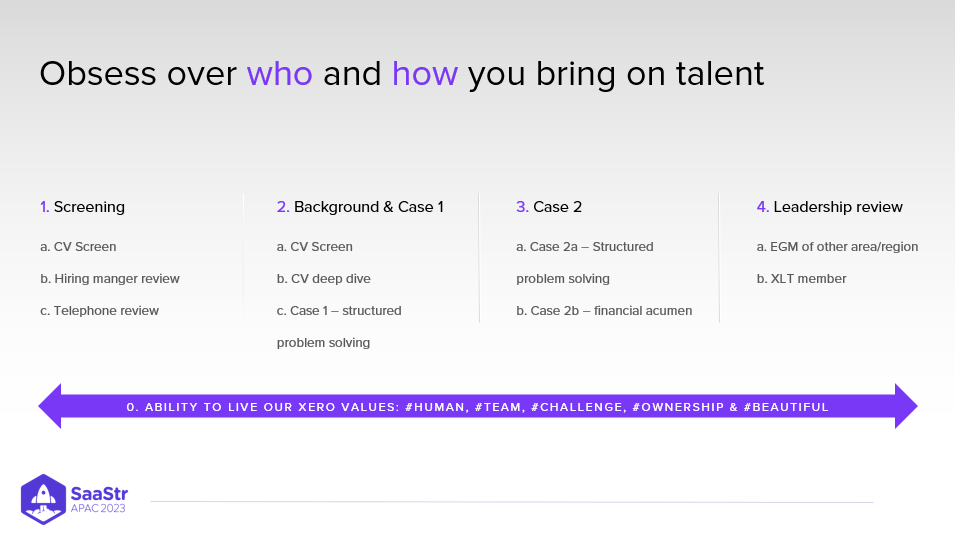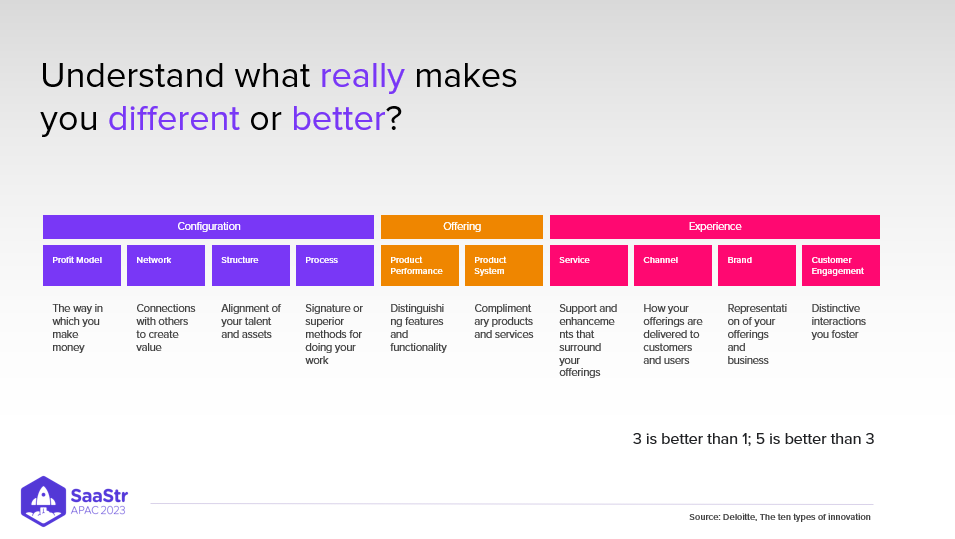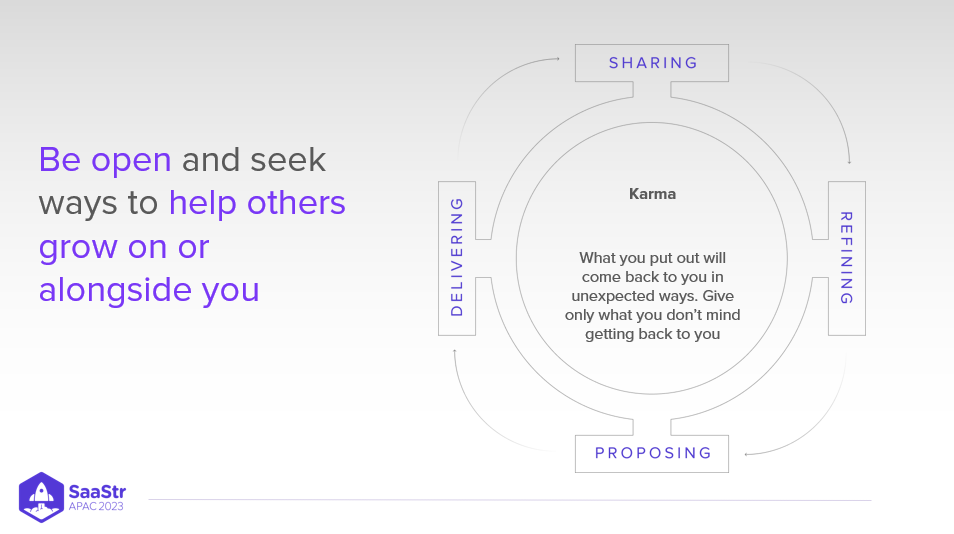The challenges businesses face at each growth stage, from a $1M company through $100M and beyond, are quite different.
Xero’s Global Chief Strategy Officer, Damien Tampling, takes a philosophical look at some aspects and nuances to consider wherever your business is on this journey. Over the last couple of years, Xero has doubled revenue and operating revenue, tripled annualized monthly recurring revenue, and quadrupled lifetime value. Let’s dive into some of Damien’s top learnings for building a global platform and ecosystem.
Obsess how you bring on talent
Hiring processes are loose and inconsistent in even the biggest businesses. As a $20M business, you likely can’t afford an HR chief, making your hiring standards and disciplines even more important.
Get conscious about who you are trying to hire and the process you want to take them through. Align your hiring managers on how you want to hire and the standards you want to apply so that they implement and execute strong hires.
Identifying why a candidate fits or doesn’t fit within your team culture is a discipline worth getting right early on. Your earliest hires are significant in shaping your company’s success. While the focus should always be on your customers, remember that your employees will be responsible for getting and retaining those customers.
“I’d love to see founders and CEOs of early-stage companies have a pipeline for talent just as they have a pipeline for customers and sales leads.”
Create a running list of the people you meet and hear about through your work journey, then keep tracking them on LinkedIn, what they’re doing, and where they’re moving. Having this list ready will serve you well when you’re considering hiring for a role.

Understand what makes you different
Innovation and differentiation are critical. When starting and scaling a company, it’s important to keep returning to what makes you unique. Many founders come up with ideas linked to customer problems, which is good, but that alone fails to be different and more compelling than your competitors.
Here are ten ways your company can stand out from its competition.
Configuration
- Profit model: How you make money.
- Network: Connections with others to make money.
- Structure: Alignment of your talent and assets.
- Process: Signature or superior methods of doing your work.
Offering
- Product performance: Distinguishing features and functionality.
- Product system: Complimentary products and services.
Experience
- Service: Support and enhancements that surround your offering.
- Channel: How your offerings are delivered to customers and users.
- Brand: Representation of your offerings and business.
- Customer engagement: Distinctive interactions you foster.
When you leverage a combination of these, you can break through to become a $100M company. Remain conscious about what’s different and that it holds true as you scale.

Seek ways to help others grow
Damien uses what he refers to as the karma business model and suggests everything starts with sharing and giving.
“What you put out will come back to you in unexpected ways. Give only what you don’t mind getting back to you.”
This is what it looks like:
- Sharing. When you communicate with someone, customer or otherwise, you often get into the process of refining pretty quickly.
- Refining. Refining is a process of getting to know each other through mutual sharing and discovery.
- Proposing. Eventually, an email or phone call comes in requesting a proposal or asking you to pitch your idea. From there, the delivery happens.
- Delivering. When your product delivers, it results in more sharing. As a result, the karma business model is a virtuous cycle.
Be clear on your north star metrics
Both small and large companies face the tension of being pulled in all directions. As a founder, thinking about where you’re focused and being deliberate about your attention is imperative. The best companies have a laser-sharp focus on two or three things and doing them well. Consider what you need to achieve in the next month, six months, and a year, then evaluate if it’s too much. Then, identify the things worth doing that would make the most impact.
In order to scale, it’s important to know your measure of success and ensure your teams are aligned on it. For instance, for Docusign, their north star metric is the number of signatures generated. For AirBnB, it’s the number of nights booked.
“Be really clear about the north star metric from the start. Have everyone in the organization aligned on it and ensure it lasts the test of time.”
It forces you to think intentionally about the return on investment around attracting a new user versus getting existing ones to upgrade or spend more on your brand. Often it’s the latter that may contribute significantly to your north star metric. Thinking through the different teams and the company at large forces you to ensure you don’t have ten north star metrics. Keep in mind that your north star metric should serve you long-term.

Show a clear path to profitability
Executives looking to invest in VCs are thirsty for information. Have a page on an information memorandum that shows your thought process, the processes you plan to dial down, and where you’ve tested to get to a higher margin or a higher degree of profitability. Investors today are more focused on making sure that founders understand the DNA of how they can dial things up and down to make money.
Top Takeaways
- Embed your hiring practices early.
- Know what makes you different.
- Build an ecosystem around sharing ideas, values, and tools with partners.
- Remain focused and be deliberate.
- Find what metrics matter most.
- Understand the commerciality of your business and maintain a line to profit.

